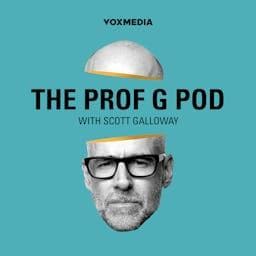Jonathan Kipnis is a neuroscientist, the Alan A. and Edith L. Wolff Distinguished Professor of Pathology and Immunology at Washington University, St. Louis, who discovered meningeal lymphatics and has been a prolific researcher in brain drainage and the continuous immune system surveillance of the brain.
I made this infographic with the help of Notebook LM to summarize many of the concepts we discussed. (Notebook LM is free and worth trying)
We went over his new review with 24 co-author leading experts in the recent issue of Neuron
A Clever Cover
The drainage system anatomy on influx and efflux (blue arrows)
The 3 ways the flow of glymphatics are modulated. I mentioned the recent studies that show atrial fibrillation, via reduced cardiac pulsation, has an effect on reducing glymphatic flow.
We also discussed his recent review on the immune surveillance system in Cell:
A schematic of key channels for the “faucet” and “drain”
and how the system changes from healthy to central nervous system autoimmune diseases (such as multiple sclerosis) and aging with different immune bar codes.
The outsized role of astrocytes in the brain, a subject of recent Nature feature, was also mentioned.
Our understanding of the brain’s immune system has been completely revamped. Kipnis’s recent review in Nature Immunology highlights the critical role of the outer layers —the skull, dura and meninges—as an immune reservoir that is ready to detect and react abnormalities in the brain with a continuous “intelligence report.”
Notably, Kipnis touched on lymphatic-venous anastomosis (LVA) surgery (Figure below) for Alzheimer’s disease which is popular in China, available at 30 centers in multiple cities, and the subject of multiple randomized trials as a treatment for Alzheimer’s. Trials of LVA surgery are also getting started in the United States for treatment of Alzheimer’s and Parkinson’s diseases.
Here is a Figure to show the surgical anastomoses (connections) from the deep cervical lymphatics to external jugular and internal jugular veins
This podcast was packed with insights relevant to health, spanning sleep quality, sleep medications, autoimmune diseases, and Alzheimer’s disease. I hope you find it as informative and engaging as I did.
A Poll
************************************
This is my 4-year anniversary of writing Ground Truths. Post number 250! That’s an average of more than 1 per week, nearly 5 per month. Hard for me to believe.
Thanks to Ground Truths subscribers (approaching 200,000) from every US state and 210 countries. Your subscription to these free essays and podcasts makes my work in putting them together worthwhile. Please join!
If you found this interesting PLEASE share it!
Paid subscriptions are voluntary and all proceeds from them go to support Scripps Research. They do allow for posting comments and questions, which I do my best to respond to. Please don’t hesitate to post comments and give me feedback. Let me know topics that you would like to see covered.
Many thanks to those who have contributed—they have greatly helped fund our summer internship programs for the past two years. It enabled us to accept and support 47 summer interns in 2025! We aim to accept even more of the several thousand who will apply for summer 2026
Thank you EG, Alan, Lynn L, Stacy Mattison, Jackie, and many others for tuning into my live video with Jonathan Kipnis! Join me for my next live video in the app.
Get full access to Ground Truths at erictopol.substack.com/subscribe



























